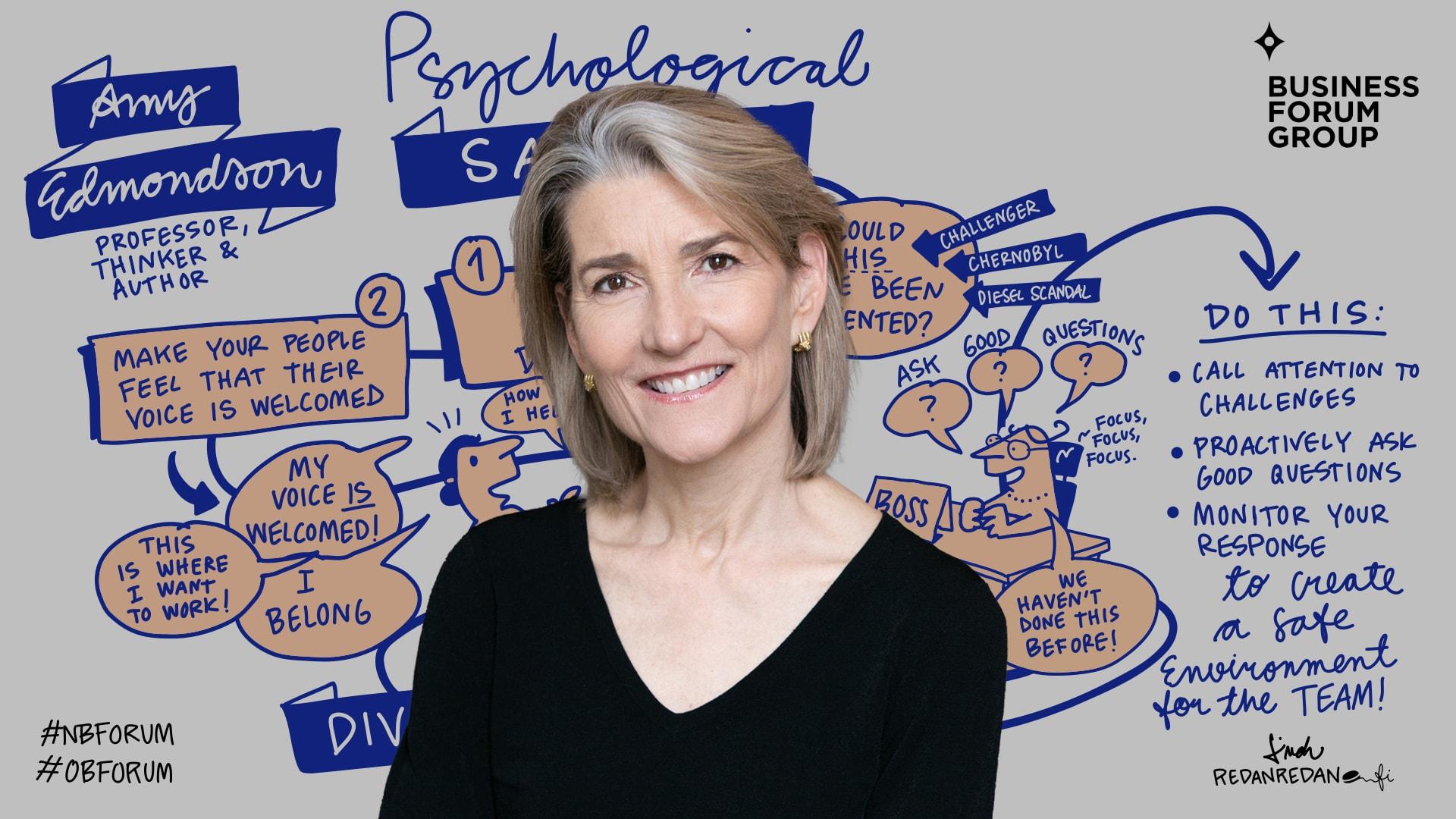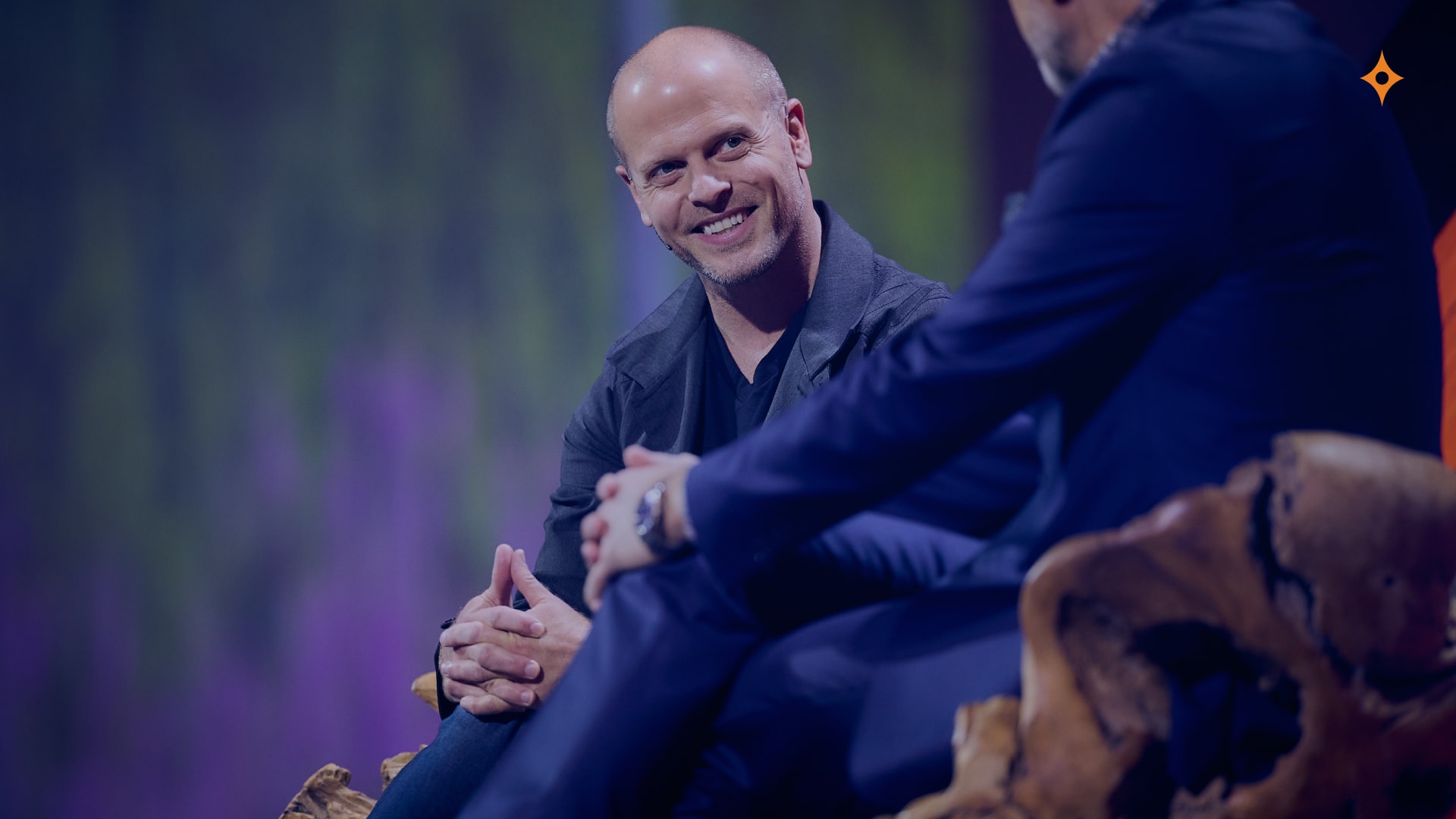Study Guide
Lesson Notes
In previous episodes, we’ve talked a lot about how the world is changing around us. Our experts have offered insights on how to navigate this change, but we haven’t yet focused on how organizations and leaders should develop and change themselves.
A Change Mindset
Uncertainty Has Always Been with Us
Björn Wahlroos reminds us that uncertainty has always been present; what changes is its character. While the world may feel uniquely unstable, the key to navigating uncertainty is a disciplined approach. Leaders must embrace risk management, thoughtful decision-making, and strategic preparation rather than react impulsively to new challenges. This ties into Morten Hansen’s “20-Mile March” concept, where structured, steady progress helps organizations weather uncertainty without being thrown off course. Leaders who acknowledge the persistence of uncertainty while maintaining consistent, strategic progress will cultivate resilience in their teams.
Organizations Are Living Systems
Sanna Suvanto-Harsaae challenges the outdated notion of organizations as rigid structures. Instead, she argues that they are organic, constantly evolving entities. Successful leadership requires continuous development—both personal and team-based—to keep up with this evolution. Her idea aligns with Adam Grant’s insight about rethinking assumptions. Just as individuals must be willing to change their minds when new information arises, organizations must also be designed to adapt and grow, ensuring that both people and processes remain relevant and effective.
Tools for Development
Consistent Progress
Morten Hansen introduces the concept of the “20-Mile March,” a disciplined approach to steady improvement. Rather than shifting strategies too often, leaders should set measurable goals and ensure consistent progress toward them. By defining clear benchmarks, such as improving customer service ratings incrementally, teams stay focused and motivated. This connects with Kim Scott’s emphasis on embedding feedback into everyday interactions. When leaders provide regular, actionable feedback, they create a culture of ongoing improvement that aligns with steady progress, rather than waiting for major performance reviews to drive change.
Improvement through Feedback
Kim Scott emphasizes the importance of making feedback a regular, embedded part of leadership. Radical candor should be practiced consistently rather than as a reaction to crises. Leaders should regularly solicit feedback, provide appreciation, and ensure an environment where honest dialogue thrives. Combined with Sanna Suvanto-Harsaae’s perspective on continuous learning, a leader who builds a feedback-rich environment fosters curiosity and self-improvement that keeps both individuals and teams growing.
Aspirational Leadership
Will Guidara highlights the importance of ambition and vision, sharing a personal lesson from his father: “What would you attempt to do if you knew you could not fail?” Leaders often hesitate to set bold goals for fear of failure, but the most successful leaders inspire their teams by dreaming big and taking calculated risks. This idea ties back to Björn Wahlroos’ perspective on uncertainty. While uncertainty is unavoidable, leaders who embrace bold thinking and calculated risk-taking can navigate challenges with confidence and drive their teams toward meaningful progress.
Rethinking and Learning from Mistakes
One of the most crucial skills for leaders in a rapidly changing world is the ability to rethink past assumptions and embrace learning from mistakes. Adam Grant shares a lesson from Daniel Kahneman, emphasizing that realizing one is wrong is proof of learning. Kahneman’s insight highlights that leaders should not fear mistakes but see them as opportunities to improve. The faster a leader acknowledges being wrong, the sooner they can adjust and move forward.
Ask Yourself
Do I respond to new information with openness and curiosity?
-
Adam Grant encourages us to rethink assumptions and be willing to change our minds when new information arises. Being ready to change our views helps us adapt and grow.
Am I constantly switching between periods of rapid progress and slow to nonexistent development?
- Following Morten Hansen’s “20-Mile March” concept, evaluate whether your approach to development is consistent and sustainable. What should you change to make steady progress?
When was the last time I was wrong about something and how did I react?
-
Adam Grant suggests that the faster a leader acknowledges being wrong, the sooner they can adjust and move forward. Think about how you’ve reacted in situations where you’ve been wrong and what you could change to turn them into learning opportunities.
What would I attempt to do if I knew I could not fail?
-
This question from Will Guidara’s father invites us to think about our biggest and boldest ideas. This exercise helps us bring up our dreams and utilize that passion to inspire others and take our businesses forward.

The Episode in 3 Quotes
“Finding out I was wrong is the only time I’m sure I’ve learned anything new.” – Daniel Kahnemann (as told by Adam Grant)
“Uncertainty has been with us forever. That uncertainty has to some extent changed character, but in essence, we’re dealing with the same thing we’ve always had to deal with.” – Björn Wahlroos
“If there’s one thing an organization is not, it’s not a box. An organization is organic, and it every day changes.” – Sanna Suvanto-Harsaae




